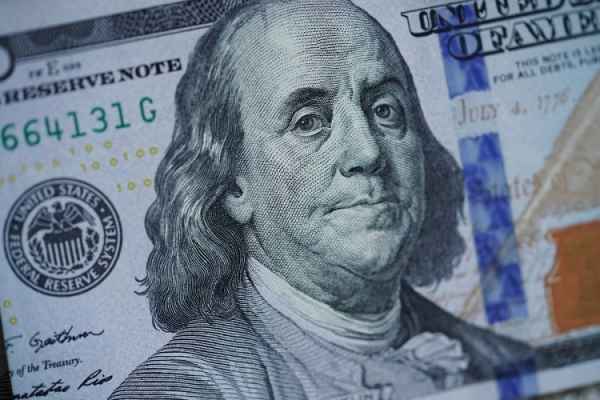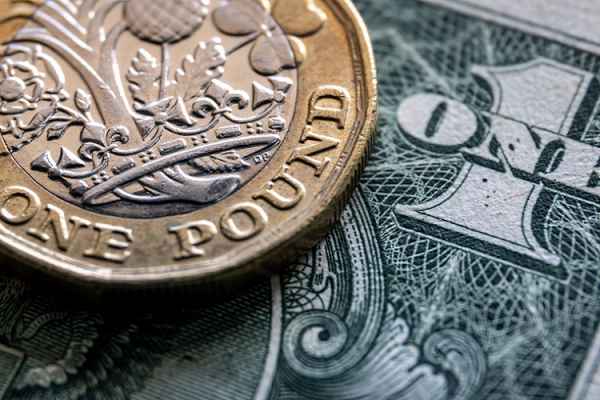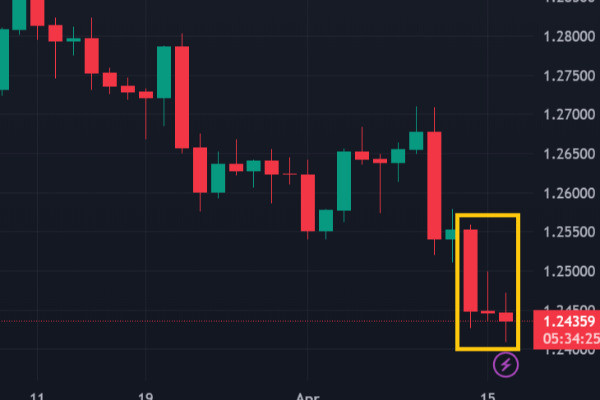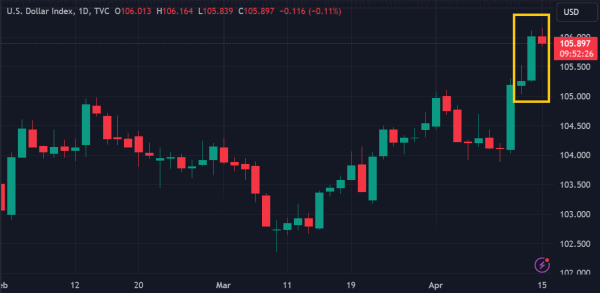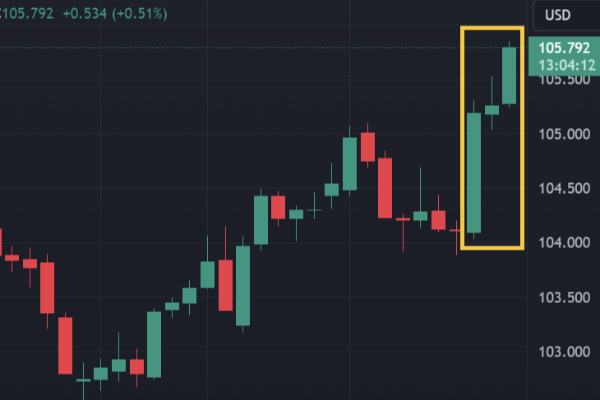The latest data has confirmed Germany's recession, adding to the range of factors weighing on the EUR/USD.
Risk-off sentiment has driven the strengthening of the US dollar against all other major currencies this week, including the euro. EUR/USD has been further pressured by the release of Germany's Gross Domestic Product (GDP) report today (May 25th). The euro has fallen by around 0.25% and reached a two-month low at 1.0714 against the US dollar during the early European session.
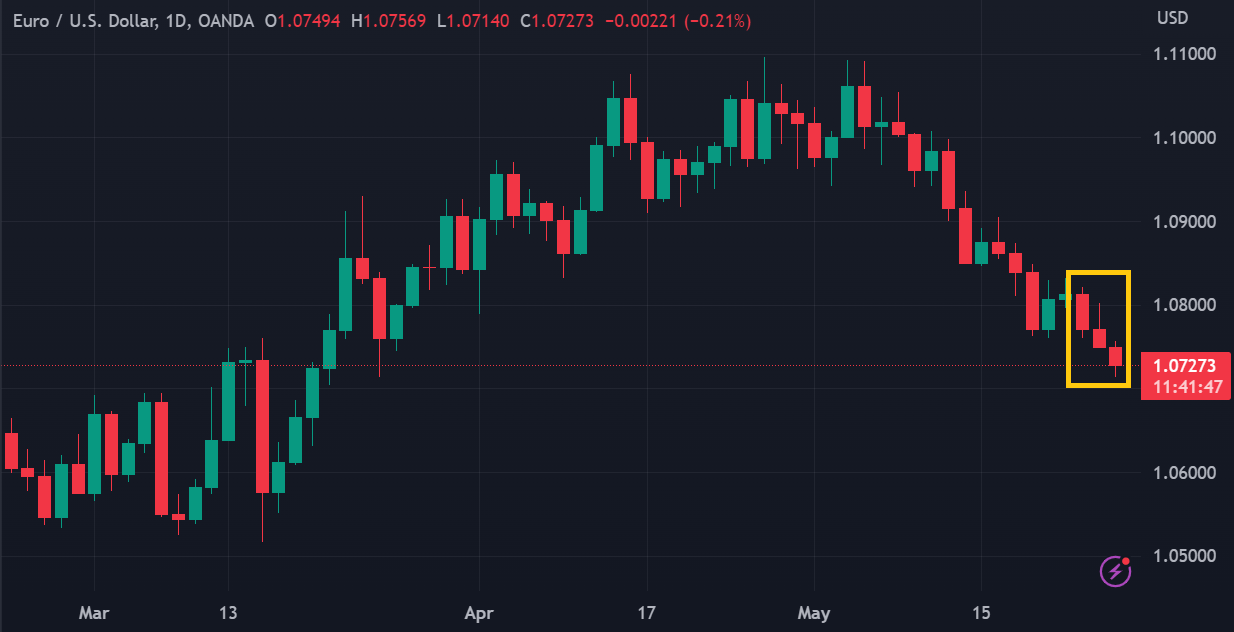
Germany's GDP growth was recorded at -0.3% (quarter-over-quarter) in the first quarter of 2023, while the consensus only anticipated a decline of -0.1%. This marks the second consecutive negative performance for the country, following a growth rate of -0.4% in the fourth quarter of 2022, confirming that Germany is experiencing a recession.
This news has lowered the outlook for the euro and further worsened market sentiment. Additionally, several other economic data from the Eurozone have been disappointing recently.
"We have seen some divergent cross-Atlantic macro data this week and while Germany is not the euro, the momentum in the economy is stunningly weak," Danske Bank's Mellin said, also noting this week's Ifo and PMI data.
Meanwhile, the US dollar is supported by increasing expectations of interest rate hikes and demand for safe haven assets. The uncertainty surrounding the US government's debt ceiling negotiations continues to be a major risk that looms worldwide and prompts market participants to shift to the US dollar.
The release of the FOMC meeting minutes this morning indicated that "nearly all" Federal Reserve officials see rising inflation risks. This aligns with the hawkish rhetoric expressed by Fed officials throughout the week. Speculation is growing for another 25 basis point interest rate hike by the Fed in June.
Democrats and Republicans have alternately claimed "progress" in the negotiations on the federal debt ceiling, but the market is concerned about the lack of concrete commitment from both sides. Leading credit rating agencies are increasingly monitoring this issue.
Fitch has placed the US debt rating on a negative watch. Moody's is also prepared to downgrade the US debt rating in the event of a default, even if the default only lasts for a short period. Currently, both agencies rate US debt as AA-plus and AAA, respectively.

 Dedicated FREE FOREX VPS
Dedicated FREE FOREX VPS Free FOREX Virtual Private Server
Free FOREX Virtual Private Server MT4 Demo Contest, Get $500
MT4 Demo Contest, Get $500 Sign Up for an Account, Claim 60% Deposit Bonus
Sign Up for an Account, Claim 60% Deposit Bonus Free MT4/MT5 VPS 2024
Free MT4/MT5 VPS 2024 Send E-mail and Get Free Merchandise
Send E-mail and Get Free Merchandise $1K Refer a Friend Bonus for Pepperstone Pro clients
$1K Refer a Friend Bonus for Pepperstone Pro clients Maximize Your Earnings with 100% Deposit bonus
Maximize Your Earnings with 100% Deposit bonus Trade to Win, $5,000 Monthly Demo Contest
Trade to Win, $5,000 Monthly Demo Contest Claim 30% + 15% Deposit Bonus from LiteFinance
Claim 30% + 15% Deposit Bonus from LiteFinance
